Industrial & Logistics
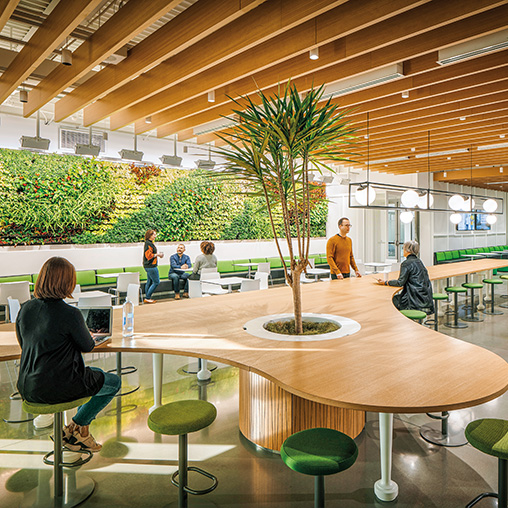
Ericsson USA 5G Smart Factory
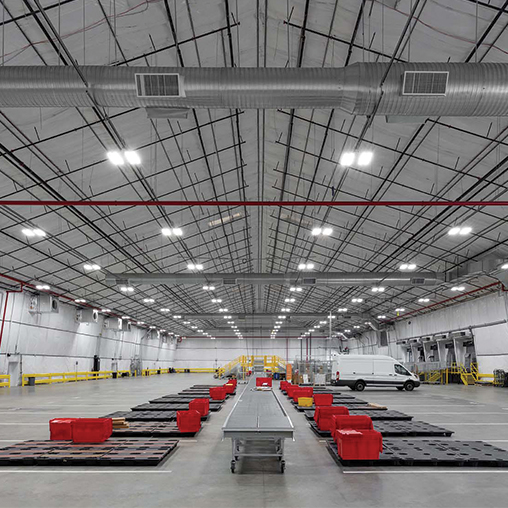
Logistics Client Fulfillment Center
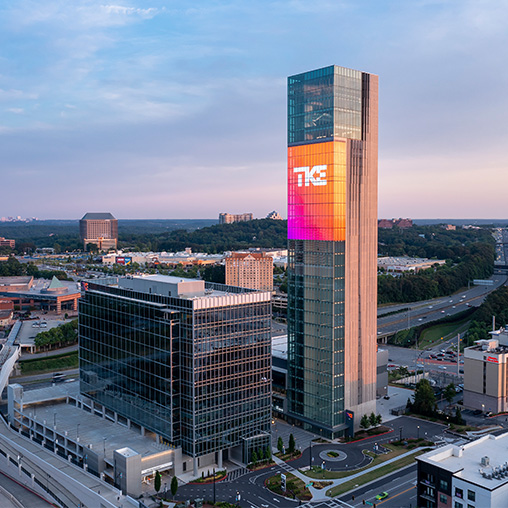
TK Elevator North America Regional Business Support Center
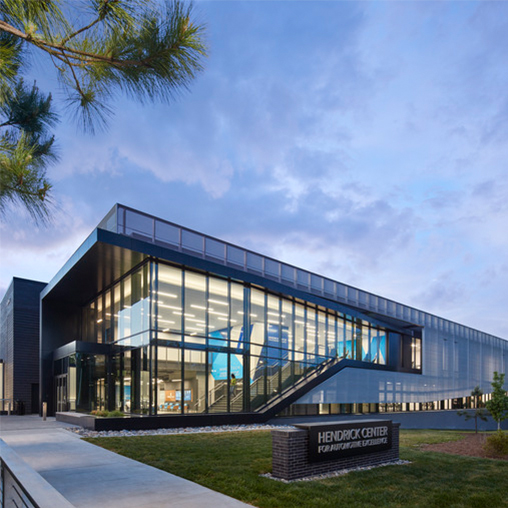
Wake Tech Community College Hendrick Center for Automotive Excellence
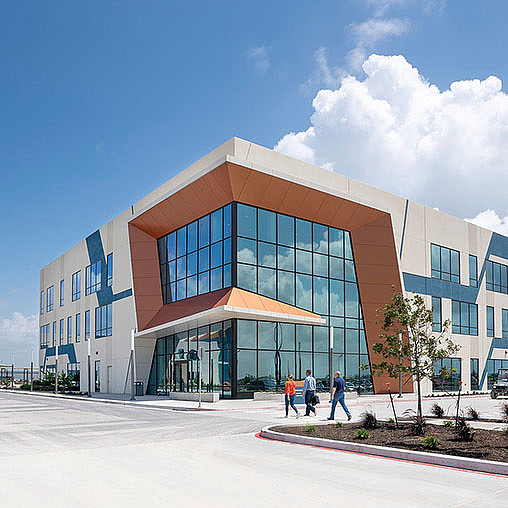
Confidential Plastics Manufacturing Facility
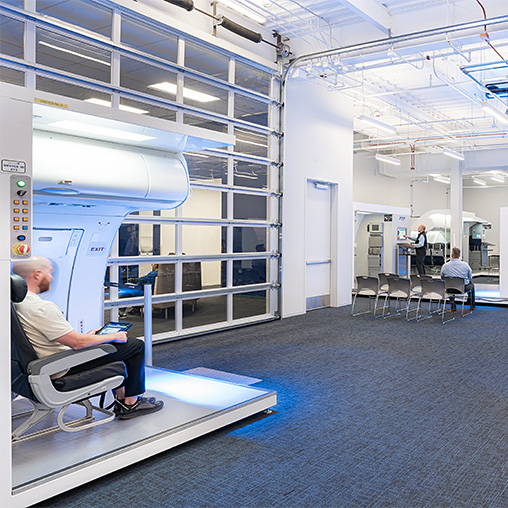
United Airlines Inflight Training Center
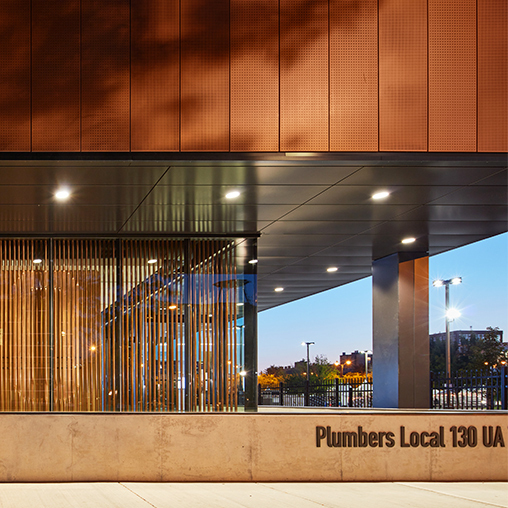
Plumbers Local 130 UA Training Center
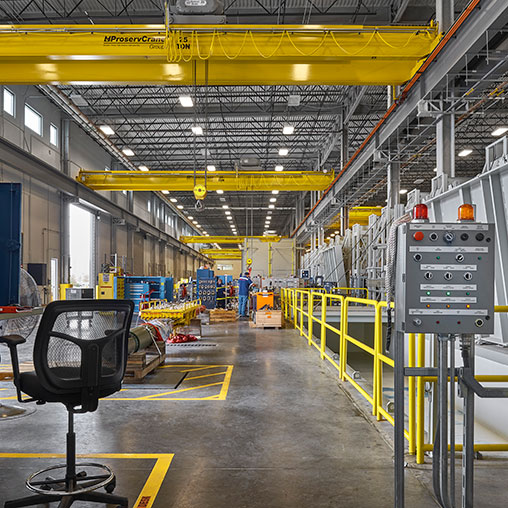
TechnipFMC at John T. Gremp Campus
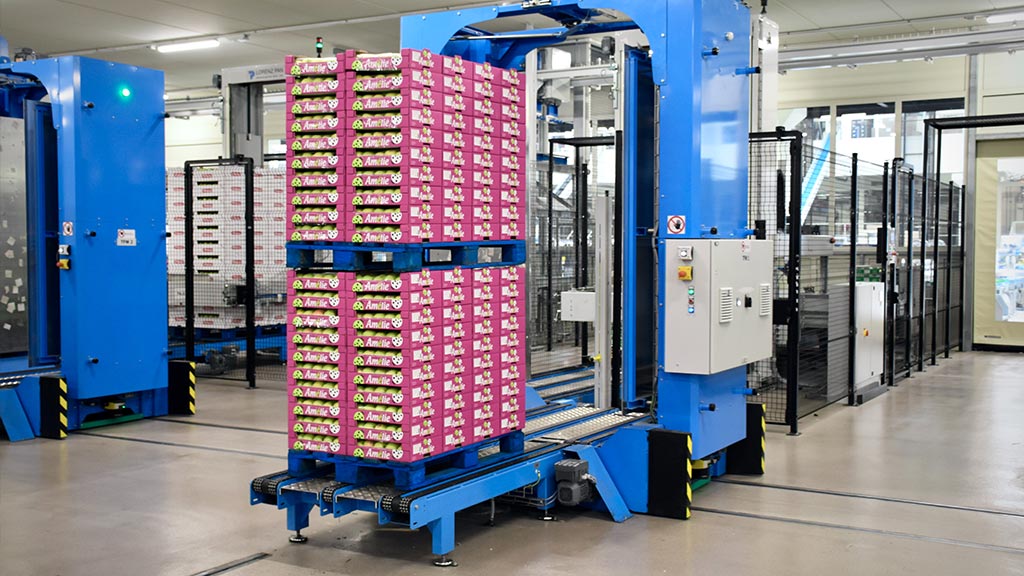
Micro-Fulfillment: The Next Step to Faster, More Efficient Last-Mile Delivery
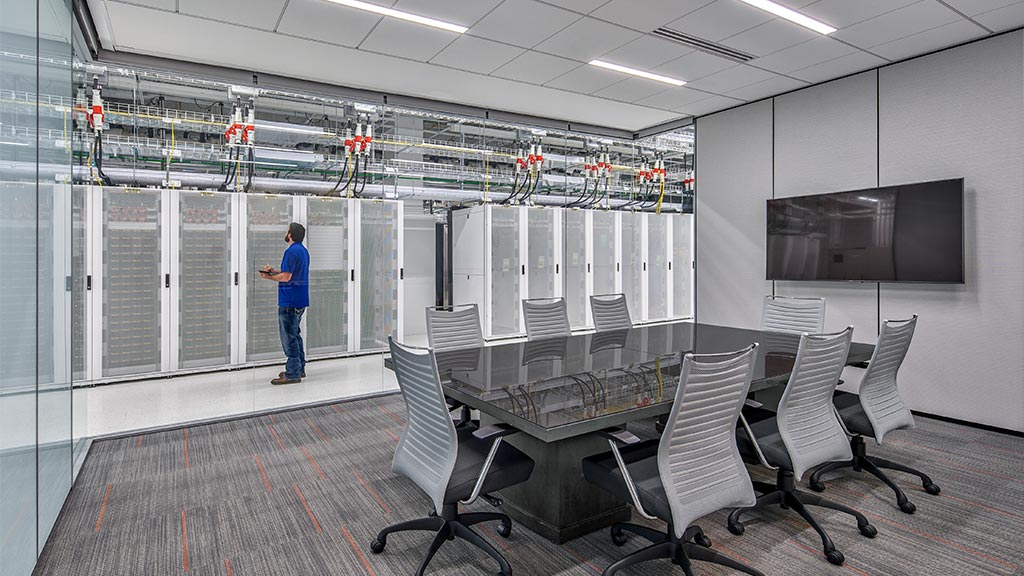
The Impact of Artificial Intelligence on Data Center Design

Designing for Lower Carbon Concrete in Data Center Constructions
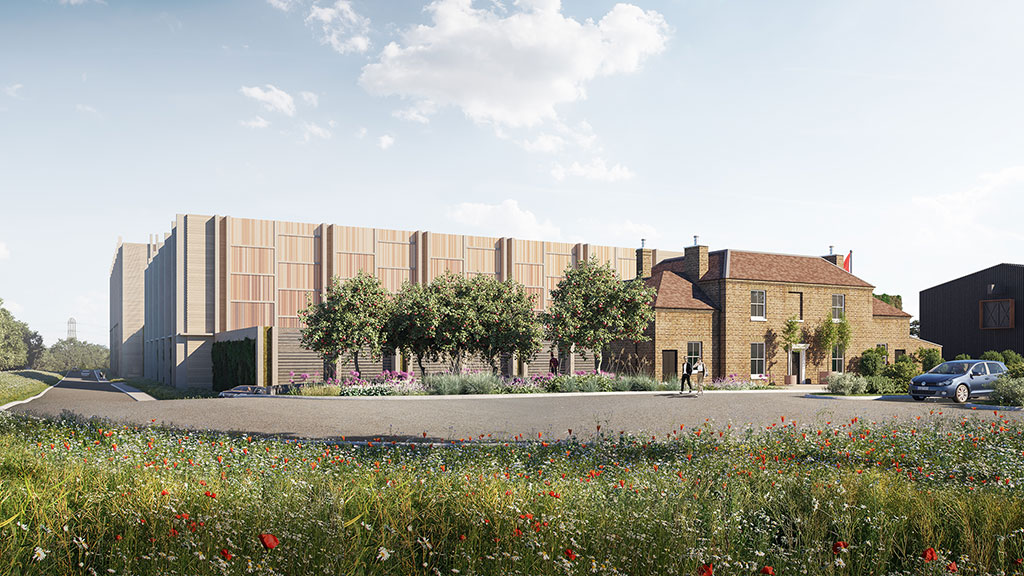
Data Centres and the Forgotten Landscapes of Digital Infrastructure
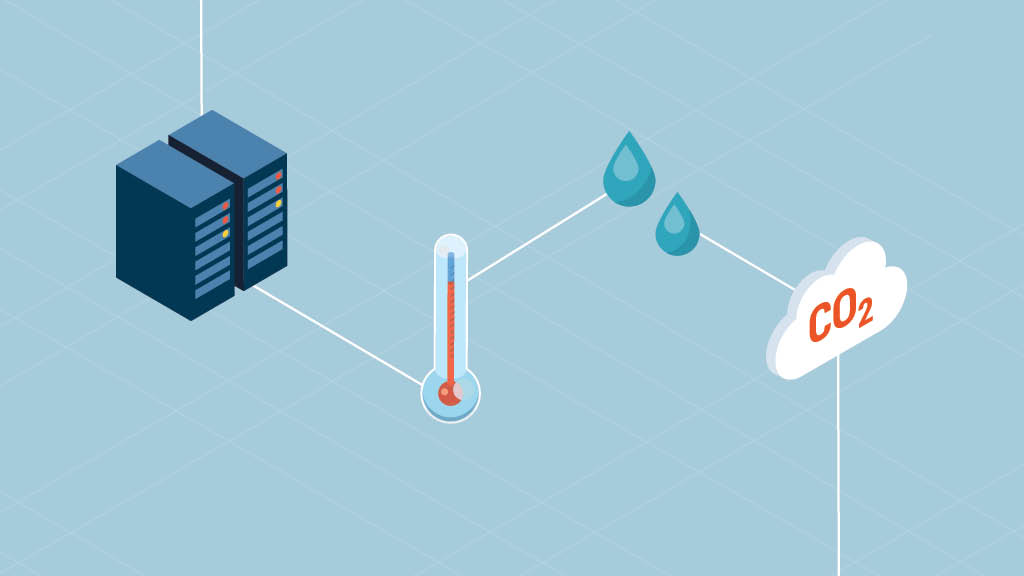
Utilizing Waste Heat From Data Centers
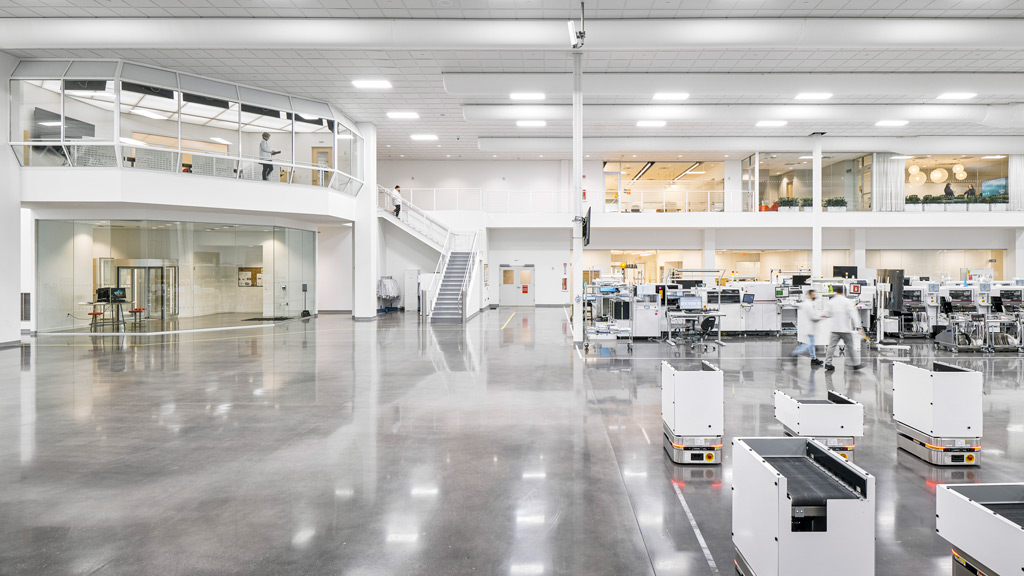
An Evolving Practice: Industrial Architecture
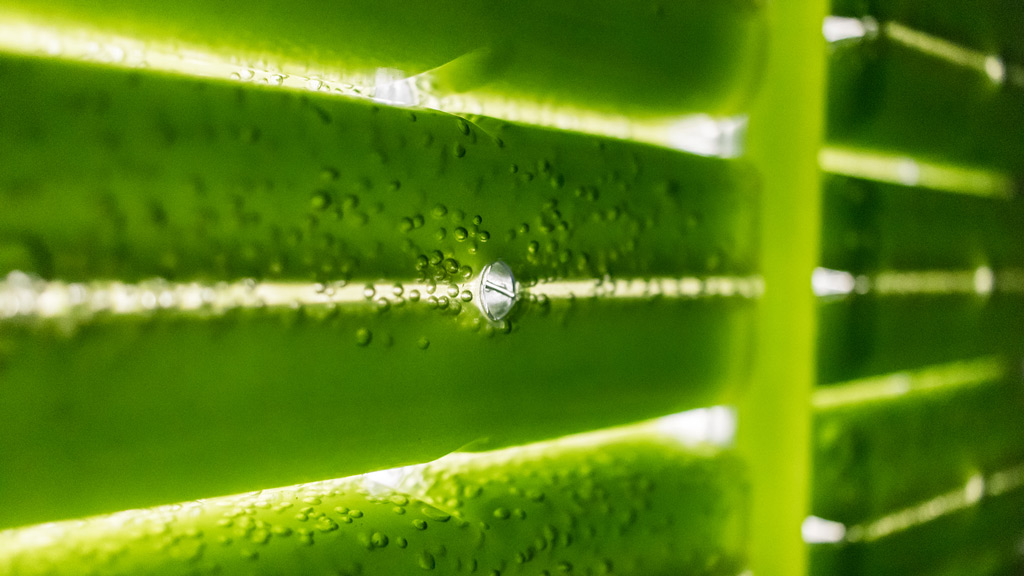
Using Algae to Offset the Carbon Cost of Data Centres

How TK Elevator’s New Workplace Spurs Connectivity Through Experiential Design
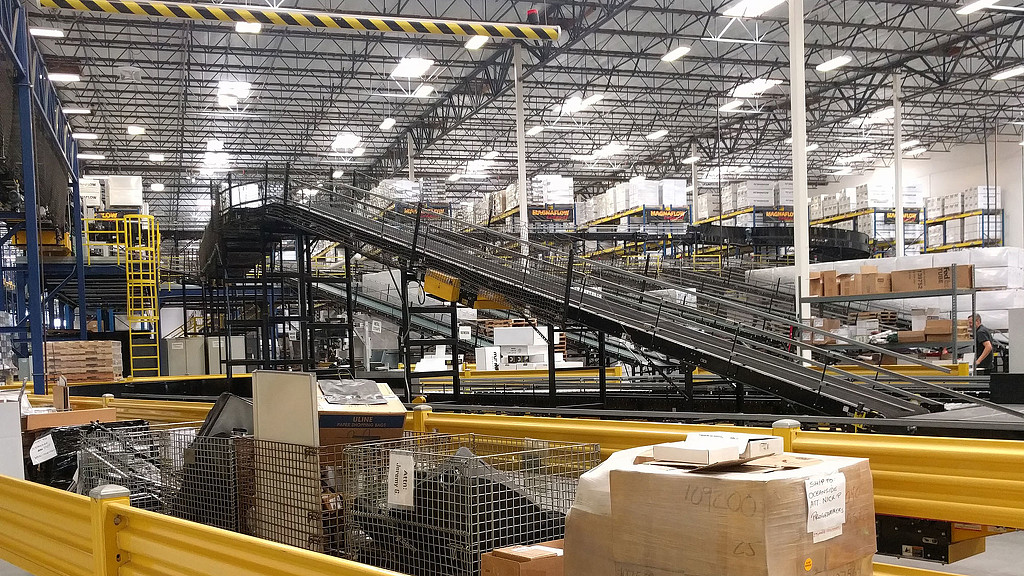
Distribution Center Design and Last-Mile Logistics
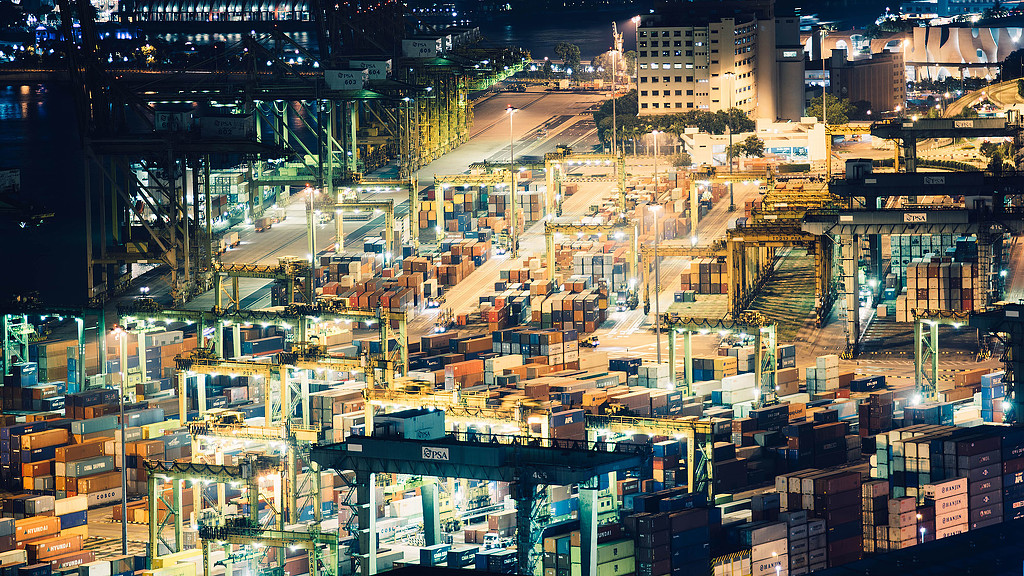
As E-commerce Booms, Transportation Logistics Are Shifting to Meet Demand
Automation, robotics, and machine learning drive new virtual and physical designs.
Technological advancements are accelerating the rise of smart facilities that require designers to consider both virtual and physical environments from the inception of a project. As digital transformation advances, more connected, predictive, flexible, and responsive processes and facilities will emerge, fueled by machine learning.
Shifting worker expectations spur user experience-based factory design.
As machines and automation occupy dangerous and monotonous tasks, factory workers’ skill sets are changing to focus on creative problem-solving. Combined with a focus on employee health and well-being and increased pressure to retain and attract talent, workers require healthy spaces that consider access to light, nature, better air quality, and comfortable ergonomics, as well as added programmatic amenities like break rooms, catering and kitchen services, and fitness centers.
Cost-effective sustainable solutions will require a new set of tools and processes.
Governments, consumers, and investors are demanding more sustainable solutions while remaining cost competitive. Implementing innovative sustainable practices such as on-site power generation, electrified fleet vehicles, low-carbon materials, and smart building controls can significantly reduce the carbon impact of industrial and logistics facilities in their communities. Sustainability goals can be baked into projects at the conception if the right partnerships and expertise are formed from the outset.
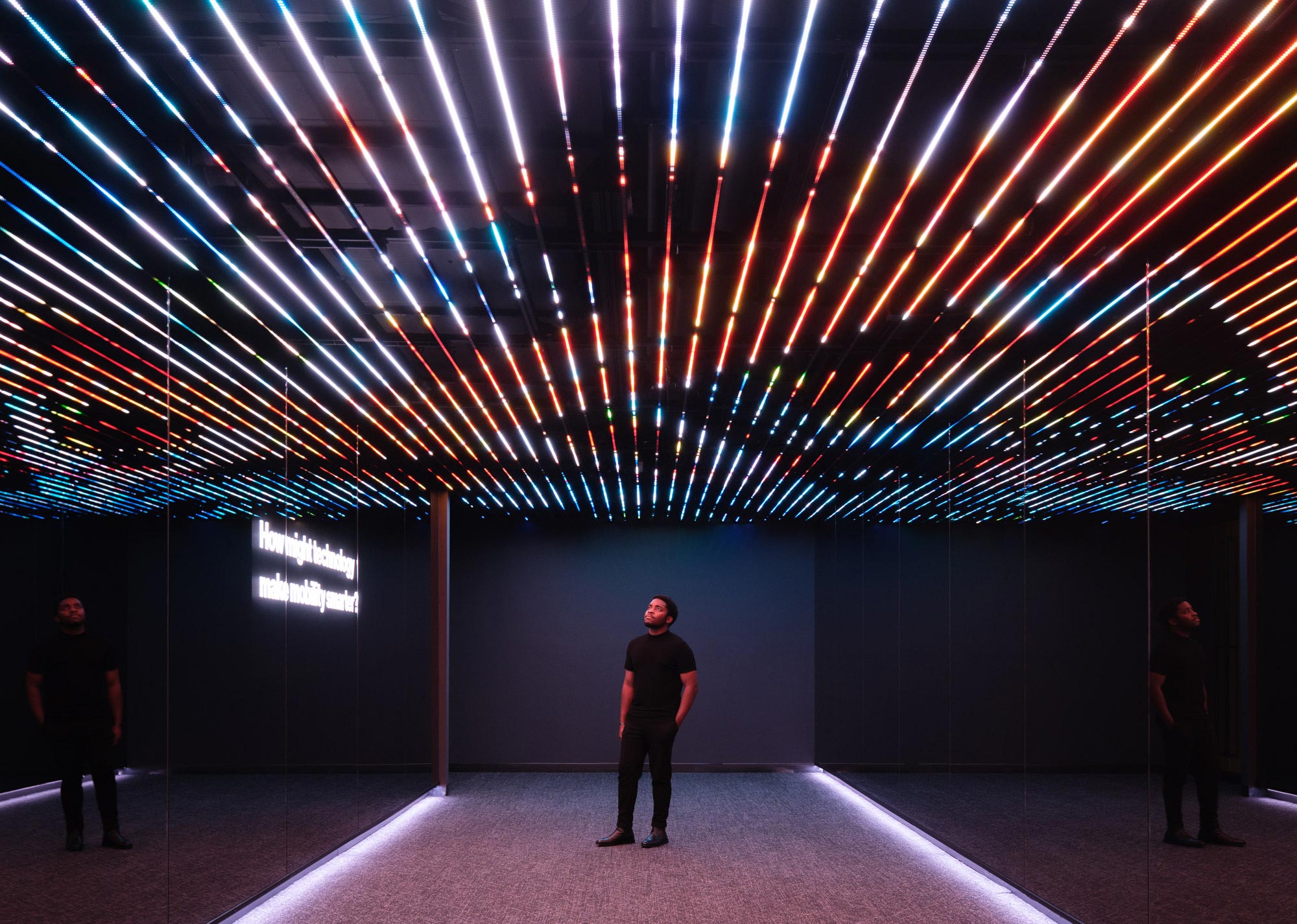
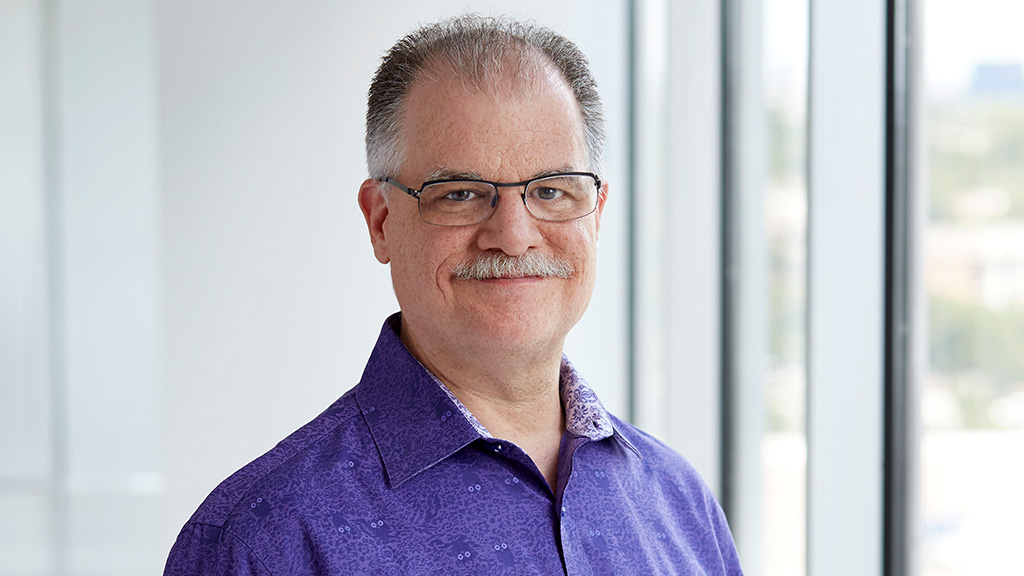
Rick Ferrara

Madeleine Hilton

Jon Siani

Gensler Ranked Among BD+C’s Top 10 Largest Industrial Sector Architecture Firms
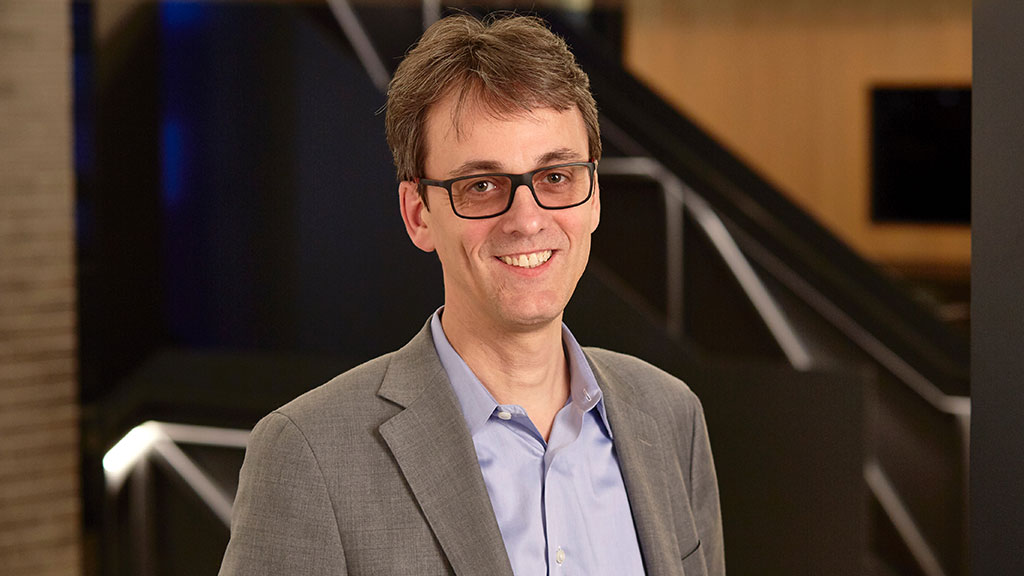
The Popularity of Converting Office Buildings Into Industrial Warehouse Product
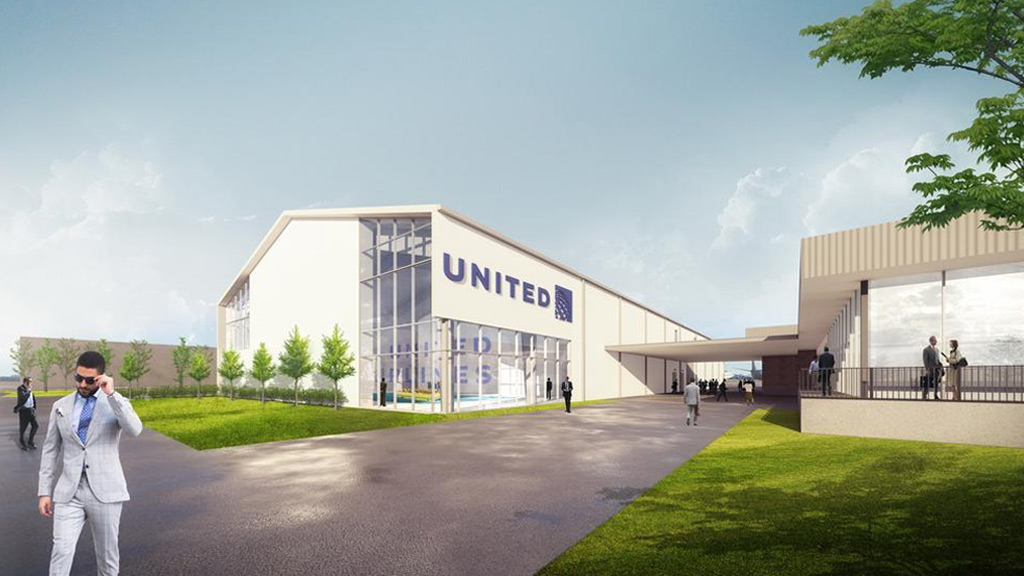
The $32 Million United Inflight Training Center, Designed by Gensler, Opens at Bush Intercontinental Airport
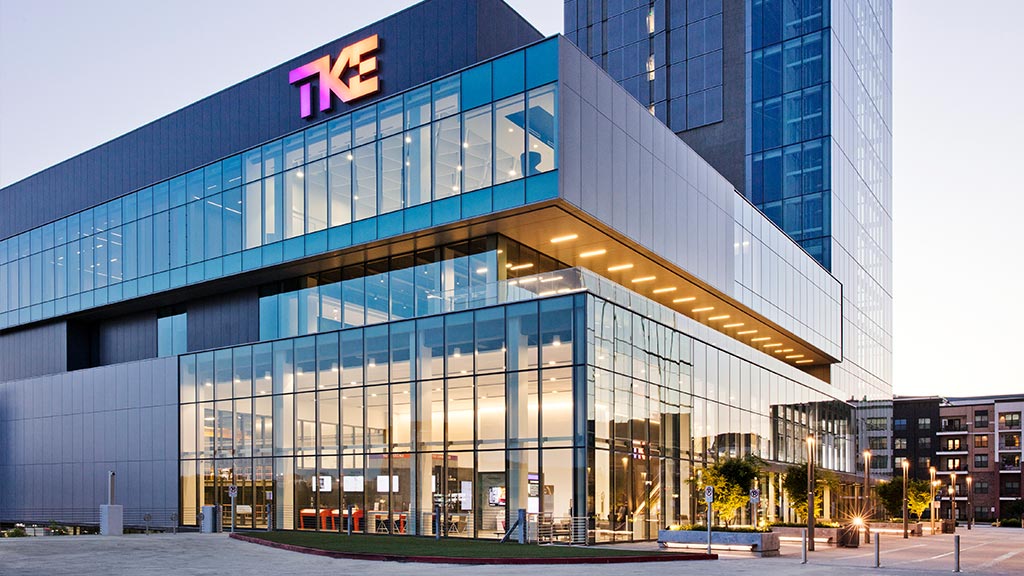
TK Elevator Brings a National Innovation and Talent Hub to Atlanta

TKE Regional Business Support Center Wins 2022 American Architecture Award
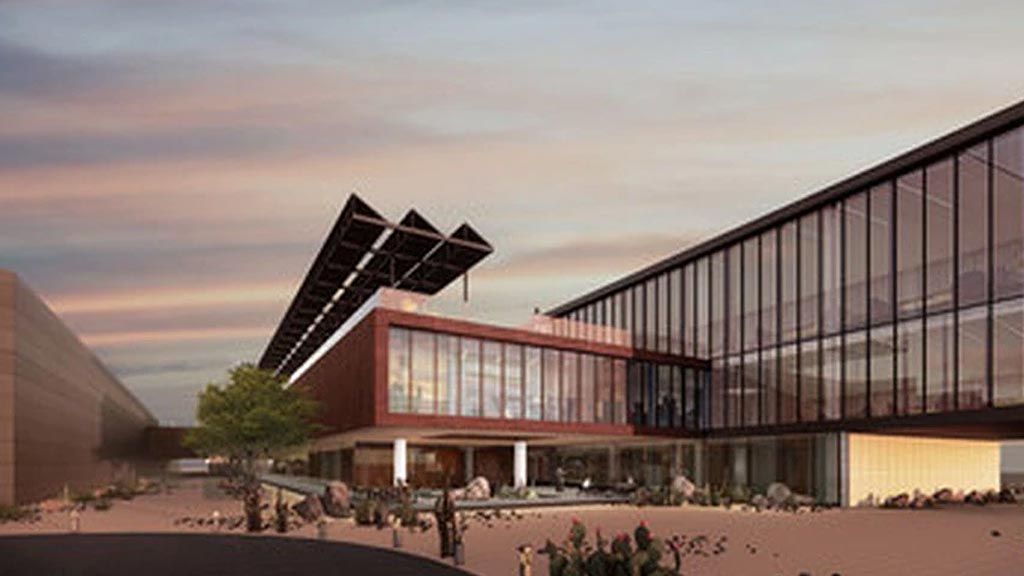
A New Headquarters for XNRGY
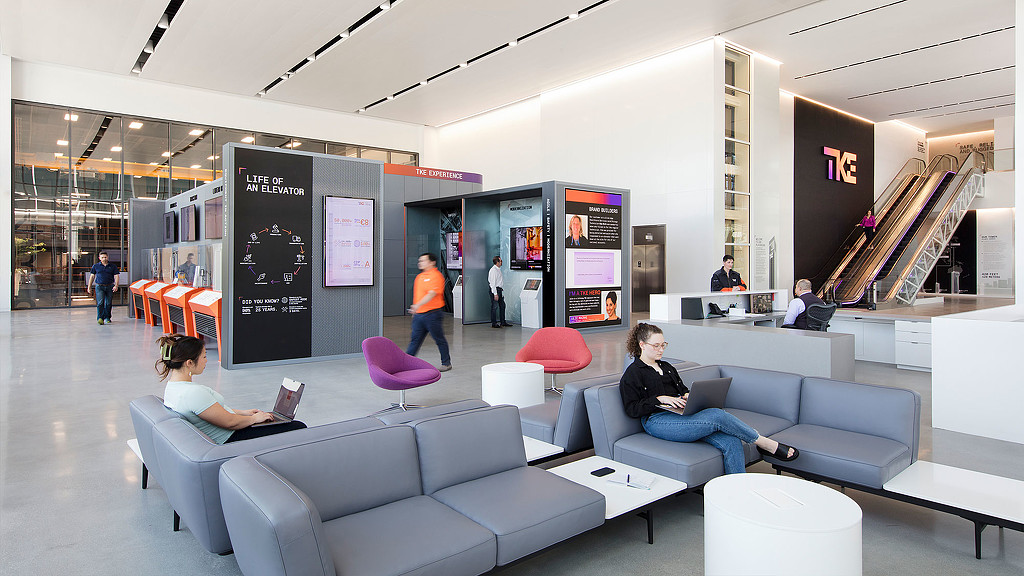
What Is Driving the Growing Demand for Industrial Projects?
